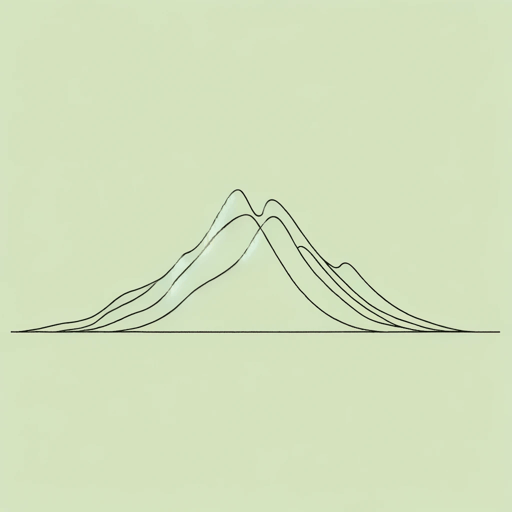50 pages • 1 hour read
Langston HughesThe Negro Artist and the Racial Mountain
Nonfiction | Essay / Speech | Adult | Published in 1926A modern alternative to SparkNotes and CliffsNotes, SuperSummary offers high-quality Study Guides with detailed chapter summaries and analysis of major themes, characters, and more. For select classroom titles, we also provide Teaching Guides with discussion and quiz questions to prompt student engagement.
Themes
The Challenge of Creating Black Art in a White World
Of central concern in Hughes’s essay is the issue of being a Black artist in a White supremacist society, where race and racism influence both the creative process and the public’s reception of artwork. In the piece, Hughes focuses primarily on artists who are “promising” (Paragraph 1) or already well-known; at times, Hughes names specific artists who might be common household names, and, at other moments, Hughes obscures identities (typically when offering a criticism). Towards the conclusion of the essay, Hughes uses himself as an example of a Black artist, explicitly connecting his work with the legacy of his peers and forebears.
As Hughes explores the challenge of creating authentic art that does not attempt to assimilate towards Whiteness, he discusses different angles of Black identity and its influence on the artistic process and the artist’s own identity. In multiple examples, Hughes shows how Black culture can limit artists, primarily when other Black people push the artist towards so-called respectability and White mannerisms. He also demonstrates how Black culture can positively impact creativity, as in the examples of “the low-down folks, the so-called common element” (Paragraph 4) of Black people and their “wealth of colorful, distinctive material” (Paragraph 4).
The tensions between these social classes, to Hughes, mimic the challenges Black artists must face as they figure out how to produce something separate from White culture that is generative, creative, and rich.
Related Titles
By Langston Hughes
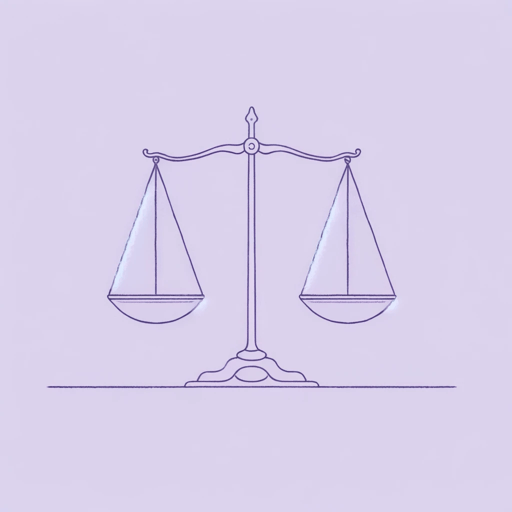
Children’s Rhymes
Langston Hughes

Cora Unashamed
Langston Hughes
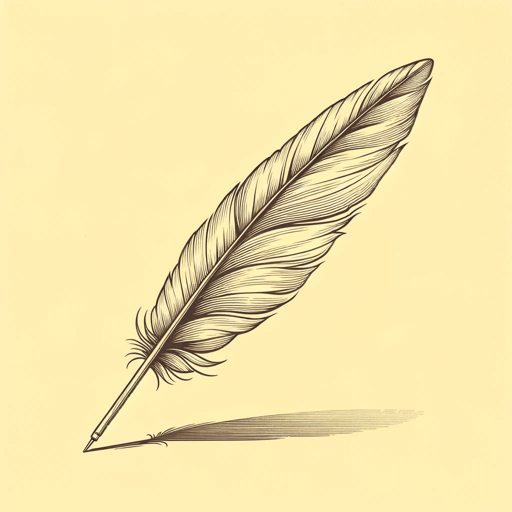
Dreams
Langston Hughes

Harlem
Langston Hughes
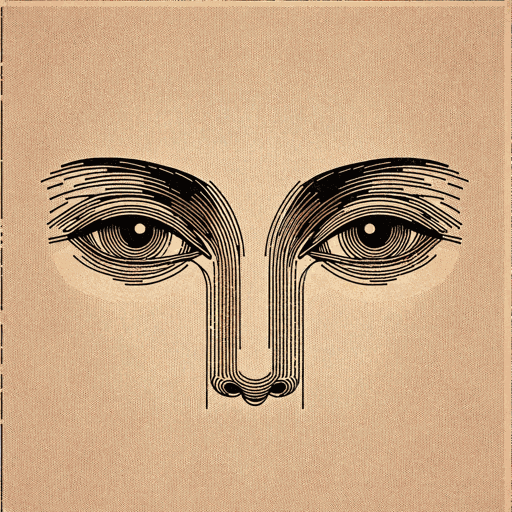
I look at the world
Langston Hughes
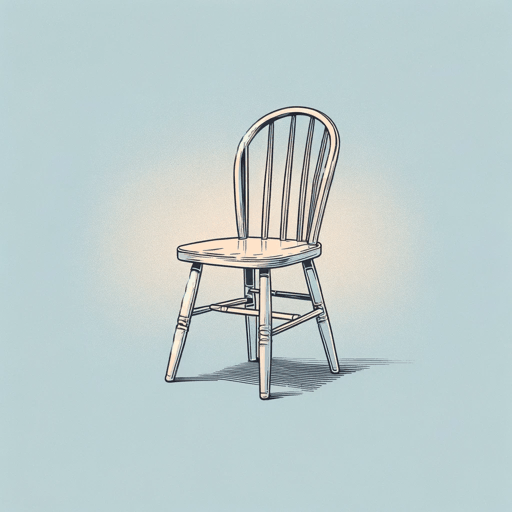
I, Too
Langston Hughes

Let America Be America Again
Langston Hughes
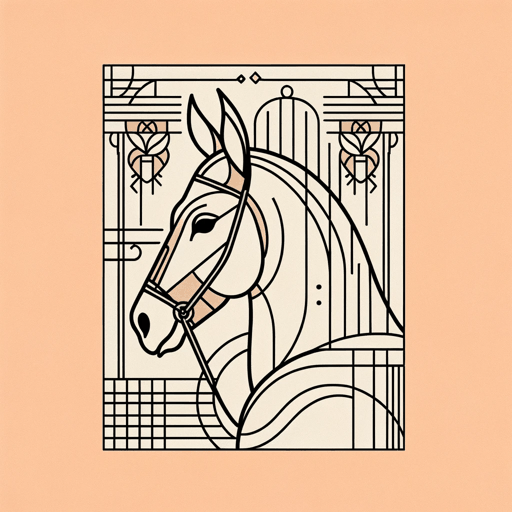
Me and the Mule
Langston Hughes

Mother to Son
Langston Hughes

Mulatto
Langston Hughes

Mule Bone: A Comedy of Negro Life
Langston Hughes, Zora Neale Hurston
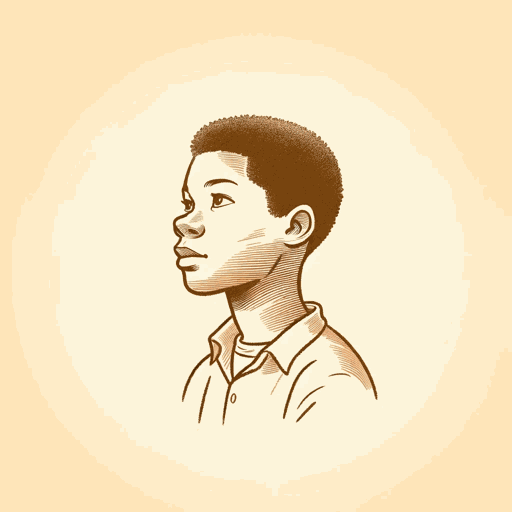
Not Without Laughter
Langston Hughes

Slave on the Block
Langston Hughes

Thank You, M'am
Langston Hughes

The Big Sea
Langston Hughes

Theme for English B
Langston Hughes

The Negro Speaks of Rivers
Langston Hughes
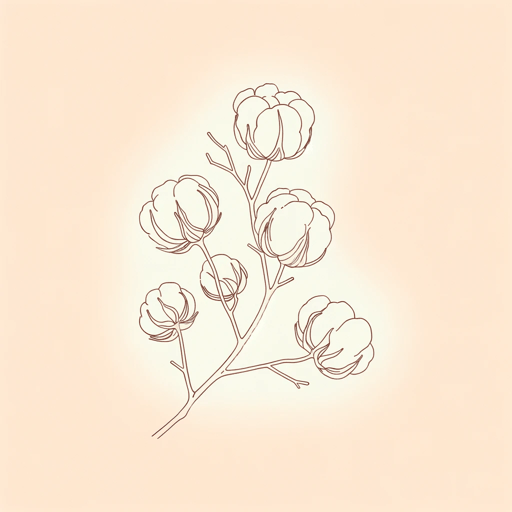
The Ways of White Folks
Langston Hughes

The Weary Blues
Langston Hughes

Tired
Langston Hughes
Featured Collections
A Black Lives Matter Reading List
View Collection
African American Literature
View Collection
Art
View Collection
Black History Month Reads
View Collection
Books About Art
View Collection
Creative Nonfiction
View Collection
Harlem Renaissance
View Collection
Pride & Shame
View Collection
